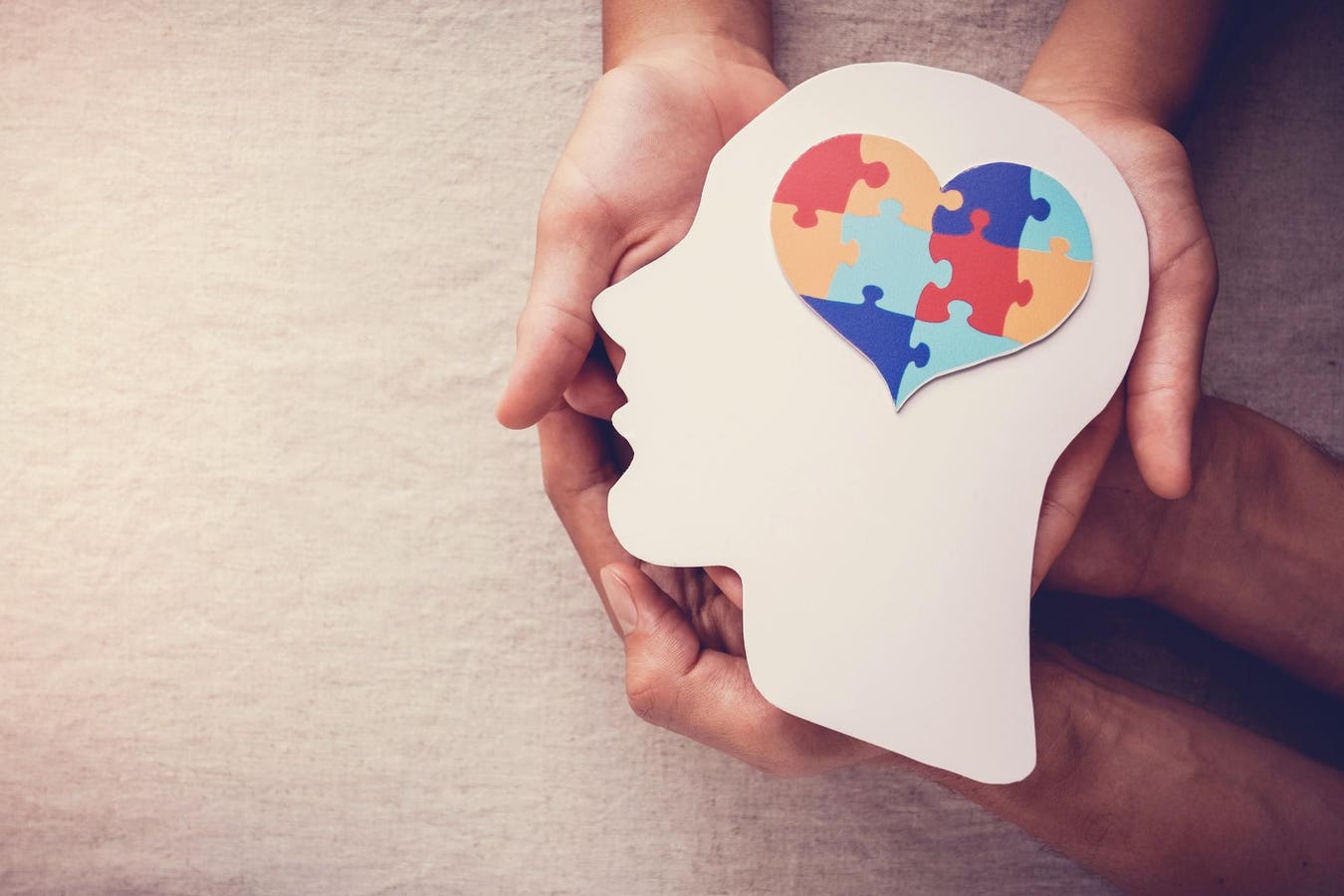How The C-Suite Can Advance Mental Health And Increase Employee Happiness

Happiness and MentalHealth Really Matter!
getty
Ever since I read the book, Permission to Feel: Unlocking the Power of Emotions to Help Our Kids, Ourselves, and Our Society Thrive by Dr. Mark Brackett, head of Yale’s Emotional Intelligence Research Center, I have been asking myself harder questions as why is emotional mental health and wellness and hence happiness declining?
Here are my musings supported also with a short assessment process in your leadership team – it’s worth a 2024 reflection – after all #happinessmatters and its foundational to happiness and your organization’s growth and prosperity.
Why is our world so stressed compared to when I was growing up?
There have always been global wars and strife, the 1960’s had the Korean and Vietnam wars, and Horn of Africa war with (Somalia, and Ethiopia), the Iran-Iraq war, the Ukrainian/Russia War, and recent Israel and Hamas (Gaza) war.
There have always been climatic change issues grappling our world, although most recently, we are experiencing an intensity in increasing forest fires, declining ice caps, and more species are endangered, so no one can question mother earth needs more protection.
We have always had noble stately politicians, like Winston Churchill (UK), Barack Obama (USA), Angela Merkel (Germany) come top of mind, but lately we seem to have more dramatic politicians, like Donald Trump (USA) or Boris Johnson (UK) – and of course a series of leaders in Russia, Iran, that are anti – democracy and equal rights that our world definitely feels more politically polarized between the East and the West, which is very geo-politically concerning.
What’s different in my world that our children take for normal is primarily hyper-scale technological innovations that are everywhere, like the television, the cell phone (iPhone), the personal computer (love my Apple Mac), the internet, social media (Facebook, Instagram Linkedin), ChatGPT4, electric cars (Tesla), rockets taking citizens to the moon, AI underpinning all business models, and of course gluten free foods, etc. We have always had pizzas, although now, we enjoy more thin crust pizzas.
There is alarmingly more: anxiety + depression + suicide = > medical health claims, >cyber security risks = ransomware attacks, >divorce rates = more family complexities, > junk foods = >diabetes and over weight children, teenagers and adults etc, >inflation = > cost of living, > robots/cobots=< jobs, ChatGPT =<jobs in highly repetitive roles/tasks.
As a result of our changing world, we find ourselves in a place where humans are increasingly burned out, and showing up for work either sad or angry. As I have written a few times in many of my Forbes articles, 20-30% of employees wake up sad or angry every day.
There is limited time to play at work, as companies continue to hollow out functions that can be automated or outsourced.
Yet we know as leaders that we need our people empowered and showing up for work feeling happy to be more productive and we must be striving to keep our organizations in a healthy and positive growth trajectory (upwards that is). This is not an easy job, as our leaders are always stressed and many operating near burn out states.
If you have talked to a CEO recently over a quiet cup of coffee, you will know this is not an easy role.
To help leaders reflect on the importance of mental health and wellness and investing in more employee engagement support systems, I have developed a short assessment survey to help leaders reflect and take stock of where their organizations are at in their mental health and wellness journey. The end game is to help them develop a more acute eye on outdated operational practices with a clear focus on increasing employee happiness.
Challenging annual employee surveys that are too late to be helpful and often has data that is 50% unreliable – we need to really modernize our HR employee engagement methods as the happiness meter is not in the right direction.
Scale: 1-7 1 – No Evidence – 7 – Very Robust and Strong
- Why: Case for Action – Have you developed a robust case for action or business case with clear validation/relevant facts gathered on why mental health and happiness is important to your organization? Do you understand the root causes of employee unhappiness and what actions are your taking that are improving employee engagement, and employee retention?
- What: Integrated Context: Have you identified a holistic model with integrated dimensions/pillars of mental health/wellness to guide your employee experience maturity (ie: reflection, actualize, integrate)?
- How: Role Modelling – How well are your leaders equipped to role model and deliver authentically mental health/wellness desired outcomes and be effective coaches?
- How: HR Practices – How well do you design and deliver HR programs and practices to attract, develop and retain your employees along a measurable set of mental health and wellness key performance indicators?
- How: Culture Sustainability – How has your corporate culture developed to demonstrate your authentic support of mental health, wellness and safety?
In my mind, there is nothing more important than knowing when your employees wake up in the morning, they are feeling motivated to tackle the days’ challenges, and that they feel empowered and know that you authentically care about their unique voice.
Keeping your employee’s voice safe in anonymous ways is critical to build confidence and trust, but also if employees want to be known for their voices, letting them have the option to share openly what’s on their mind is a pathway to building a more resilient culture that has a strong sense of corporate purpose.
Notes: See most recent article written by Dr. Cindy Gordon in her #HappinessMatters Series below, with more facts and references to innovations that can propel your organization’s ahead.



